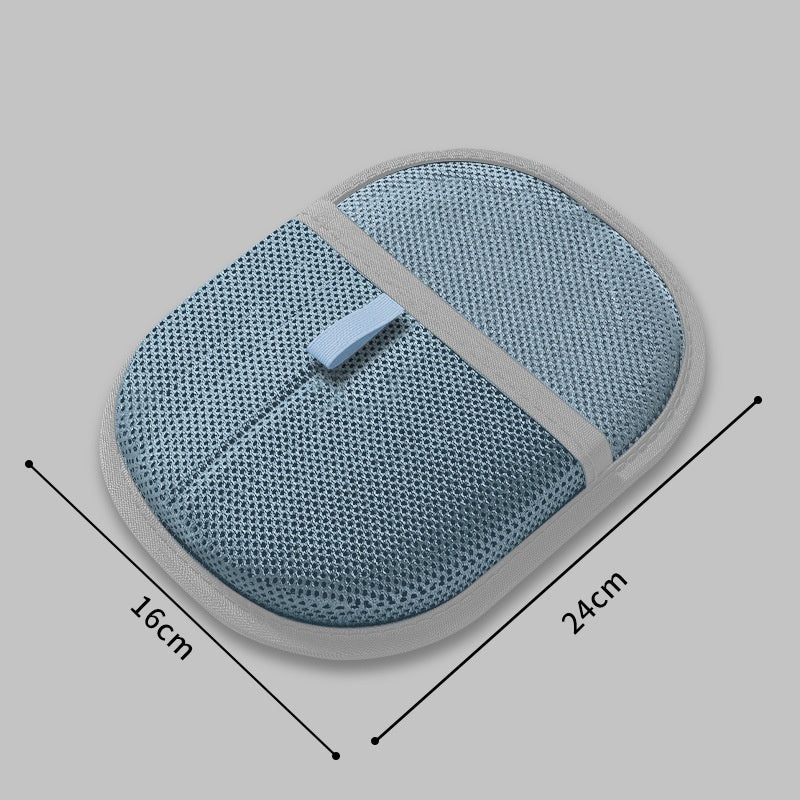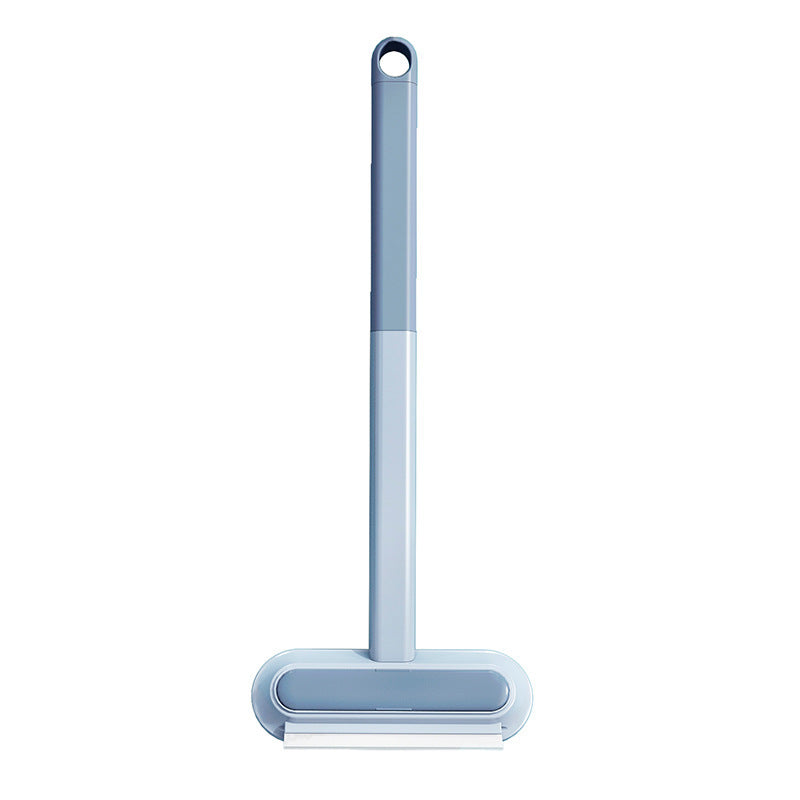Many cat owners underestimate the importance of regular, structured play sessions, viewing them as optional entertainment rather than essential care. However, interactive play serves critical functions in maintaining feline health, preventing behavioral problems, and strengthening the human-cat bond.
In this blog, we'll explore why interactive play matters and how to implement effective play sessions.
Physical health benefits: Regular play provides essential exercise that maintains healthy weight, builds muscle tone, and promotes cardiovascular health. For indoor cats especially, interactive play sessions may represent their primary source of physical activity. Consistent exercise helps prevent obesity-related conditions like diabetes and arthritis while maintaining flexibility and coordination throughout a cat's lifespan.
Mental stimulation: Cats are intelligent predators who need mental challenges to prevent boredom and associated behavioral problems. Interactive play that mimics hunting sequences like stalking, chasing, catching, and "killing" satisfies these cognitive needs. Without adequate mental stimulation, cats may develop destructive behaviours, excessive vocalisation, or withdrawal.
Australian animal behaviourists, such as those referenced by Vet Voice Australia, stress that interactive play that mimics hunting can reduce anxiety and destructive behaviours. Many Australian cat owners use puzzle feeders and wand toys to keep their cats mentally engaged and prevent boredom.
Hunting instinct satisfaction: Even well-fed domestic cats retain strong predatory instincts that require expression. Interactive toys that move unpredictably, hide behind furniture, or dangle enticingly trigger these natural behaviors in safe, appropriate ways. This outlet prevents cats from redirecting hunting behaviors toward inappropriate targets like human feet or other pets.
Stress reduction: Regular play sessions help cats release pent-up energy and tension, reducing overall stress levels. This is particularly important for cats experiencing environmental changes, multi-pet household dynamics, or other stressors. Tired cats are generally calmer, more content cats.
Bonding opportunities: Interactive play creates positive associations between cats and their human companions. These shared experiences strengthen relationships and build trust, particularly important for shy or recently adopted cats who may need time to develop confidence with their new families.
| Benefit | How Play Helps | How to Achieve |
|---|---|---|
| Physical Health | Maintains weight, muscle, and joint health | Daily interactive play, especially indoors |
| Mental Stimulation | Prevents boredom and destructive behaviour | Hunting-style play, puzzle feeders |
| Hunting Instinct | Satisfies natural predatory drive | Wand toys, battery-operated mice |
| Stress Reduction | Releases energy, reduces anxiety | Regular play, especially in multi-cat homes |
| Bonding | Strengthens human-cat relationship | Gentle play with shy/new cats |
Effective play sessions should occur daily, ideally at times when cats are naturally active (dawn and dusk). Use toys that create distance between your hands and your cat's claws; wand toys, laser pointers (always ending with a physical toy they can catch), or toys on strings work well. Sessions should last 10-15 minutes or until your cat shows signs of fatigue.
Step-by-Step Guide: Implementing Effective Play Sessions
-
Schedule Daily Play:
Aim for 10–15 minutes of interactive play at dawn and dusk, when cats are naturally most active. -
Choose the Right Toys:
Use wand toys, laser pointers (always finish with a physical toy), or toys on strings to keep hands safe. -
Mimic Hunting Sequences:
Encourage stalking, chasing, pouncing, and “killing” the toy to satisfy natural instincts. -
End on a High Note:
Let your cat “catch” the toy at the end of the session, followed by a small treat to complete the hunting sequence. -
Vary Play Routines:
Rotate toys and introduce new challenges to keep play engaging. -
Monitor for Fatigue:
Stop the session if your cat shows signs of tiredness or disinterest. -
Use Play for Bonding:
Engage shy or new cats in gentle play to build trust and confidence.
Always end play sessions on a successful "hunt" where your cat catches their prey, followed by a small treat to complete the hunting sequence. This routine helps cats feel satisfied and reduces the likelihood of post-play aggression or restless behaviour.
FAQs: Interactive Play for Cats
Q: How often should I play with my cat?
A: Aim for daily interactive play sessions of 10–15 minutes, ideally at dawn and dusk, as recommended by RSPCA Australia.
Q: What are the best toys for interactive play?
A: Wand toys, laser pointers (always finish with a physical toy), and battery-operated mice are popular and effective choices in Australia.
Q: Why is it important to let my cat “catch” the toy?
A: Completing the hunting sequence helps your cat feel satisfied and reduces post-play restlessness or aggression, as advised by Australian animal behaviourists.
Q: How can play help a shy or new cat?
A: Gentle, interactive play builds trust and confidence, especially for shy or recently adopted cats, as practiced by Australian rescue organisations.
Q: What if my cat loses interest quickly?
A: Rotate toys and introduce new challenges to keep play engaging. Stop the session if your cat shows signs of fatigue.


















































































